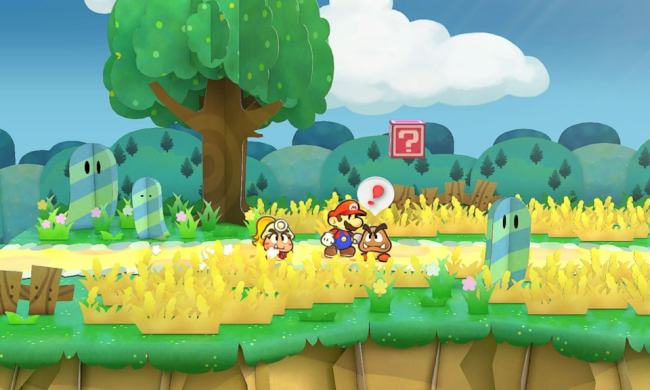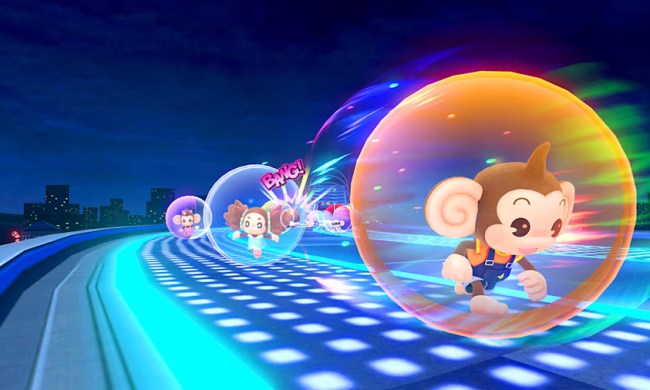Super Mario Party just got a left-field update over two years after its release. The surprise download expands the game’s online multiplayer options.
When Super Mario Party released in 2018, fans anticipated that it would get updates and DLC down the line. Oddly enough, updates never came, even as Nintendo offered long-tail support for titles like Mario Tennis Aces and Arms. Over two years later, an update has finally arrived and it brings a heavily fan-requested update.
The free download is available now and it allows fans to play three modes online: Mario Party, Partner Party, and Free Play. Naturally, a Nintendo Online subscription is needed to play online.
Super-charge the fun of Super Mario Party on Nintendo Switch with new online play options, available now via a free update. Enjoy Mario Party mode, Partner Party mode and dozens of minigames online!
Find out more: https://t.co/xtV23phRBA pic.twitter.com/Y4m6etnAk4
— Nintendo UK (@NintendoUK) April 27, 2021
When playing online, players can either select Friend Match or Private Game. The latter allows players to create a password-protected match that anyone with the code can join. Players can also use the Switch’s Invite Friend feature, though that option is not available for the Online Mariothon mode.
It wouldn’t be Nintendo online integration without a confusing caveat. Online play supports two specific configurations. Up to four players can compete from separate Switch system or two Switches can link up with two players on each. According to the update notes, “If two players are each playing on their own systems, they cannot play with two players using a third system.”
All maps and characters are available in online play regardless of what each player has unlocked. Only 70 of the game’s 80 minigames can be played online, as none of the rhythm minigames are compatible.
Previously online play was only available in the game’s Online Mariothon mode.



